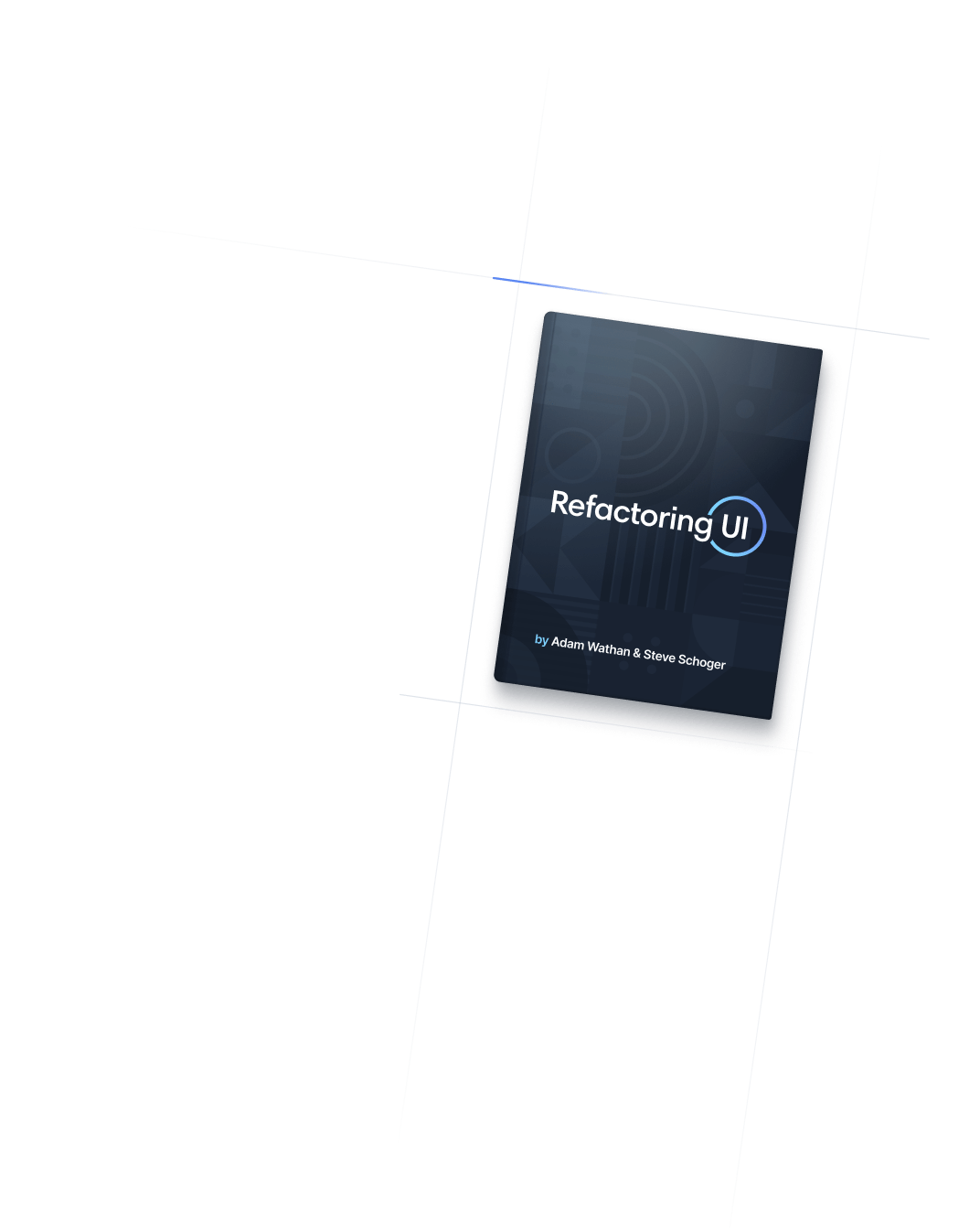
- Layout
- Box Sizing
Layout
Box Sizing
Utilities for controlling how the browser should calculate an element's total size.
Quick reference
Basic usage
Including borders and padding
Use box-border to set an element’s box-sizing to border-box, telling the browser to include the element’s borders and padding when you give it a height or width.
This means a 100px × 100px element with a 2px border and 4px of padding on all sides will be rendered as 100px × 100px, with an internal content area of 88px × 88px.
Tailwind makes this the default for all elements in our preflight base styles.
<div class="box-border h-32 w-32 p-4 border-4 ...">
<!-- ... -->
</div>Excluding borders and padding
Use box-content to set an element’s box-sizing to content-box, telling the browser to add borders and padding on top of the element’s specified width or height.
This means a 100px × 100px element with a 2px border and 4px of padding on all sides will actually be rendered as 112px × 112px, with an internal content area of 100px × 100px.
<div class="box-content h-32 w-32 p-4 border-4 ...">
<!-- ... -->
</div>Applying conditionally
Hover, focus, and other states
Tailwind lets you conditionally apply utility classes in different states using variant modifiers. For example, use hover:box-content to only apply the box-content utility on hover.
<div class="box-border hover:box-content">
<!-- ... -->
</div>
For a complete list of all available state modifiers, check out the Hover, Focus, & Other States documentation.
Breakpoints and media queries
You can also use variant modifiers to target media queries like responsive breakpoints, dark mode, prefers-reduced-motion, and more. For example, use md:box-content to apply the box-content utility at only medium screen sizes and above.
<div class="box-border md:box-content">
<!-- ... -->
</div>
To learn more, check out the documentation on Responsive Design, Dark Mode and other media query modifiers.

